Geography -> physical geography
Physical Geography
Physical geography is the branch of geography that deals with the study of natural features and phenomena on the Earth's surface. It focuses on understanding the physical processes that shape the Earth, such as landforms, climate, soil, and vegetation.
Key Concepts
- Landforms: Physical features of the Earth's surface, such as mountains, valleys, and plains.
- Climate: The long-term weather patterns in a particular area, including temperature, precipitation, and wind patterns.
- Soil: The top layer of the Earth's surface that supports plant growth and is formed through the weathering of rocks.
- Vegetation: The plant life that covers a particular area, including forests, grasslands, and deserts.
- Natural Disasters: Catastrophic events caused by natural processes, such as earthquakes, hurricanes, and floods.
Study Tips
When studying physical geography, it's important to understand the interconnectedness of the Earth's physical processes. Here are some tips to help you master the subject:
- Use maps and globes to visualize the different landforms, climates, and vegetation regions around the world.
- Study the causes and effects of natural disasters, and how they impact the environment and human populations.
- Learn about the importance of conservation and sustainable practices to protect the Earth's natural resources.
- Explore different ecosystems and biomes to understand how they are influenced by physical geography.
- Observe and document changes in the environment due to human activities, such as deforestation, urbanization, and pollution.
Conclusion
Physical geography provides a foundation for understanding the natural world and how human activities interact with the environment. By studying the Earth's physical processes, we can better appreciate the complexity and beauty of our planet.
.◂Social Studies Worksheets and Study Guides Kindergarten. Geography
Coloring Worksheet Amusement Park Map
Amusement Park Map  Coloring Worksheet
Coloring Worksheet Amusement Park Map
Amusement Park Map  Coloring Worksheet
Coloring Worksheet Community Map
Community Map  Coloring Worksheet
Coloring Worksheet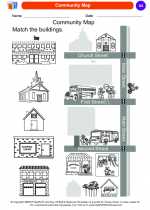 Community Map
Community Map  Coloring Worksheet
Coloring Worksheet Map of a Home
Map of a Home  Coloring Worksheet
Coloring Worksheet Map of a Home
Map of a Home  Coloring Worksheet
Coloring Worksheet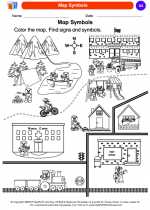 Map Symbols
Map Symbols  Coloring Worksheet
Coloring Worksheet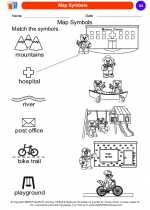 Map Symbols
Map Symbols  Coloring Worksheet
Coloring Worksheet Mapping Tools
Mapping Tools  Coloring Worksheet
Coloring Worksheet Mapping Tools
Mapping Tools  Coloring Worksheet
Coloring Worksheet School Map
School Map  Coloring Worksheet
Coloring Worksheet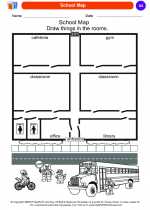 School Map
School Map  Coloring Worksheet
Coloring Worksheet Street Signs
Street Signs  Coloring Worksheet
Coloring Worksheet Street Signs
Street Signs  Coloring Worksheet
Coloring Worksheet The Globe
The Globe  Coloring Worksheet
Coloring Worksheet The Globe
The Globe  Coloring Worksheet
Coloring Worksheet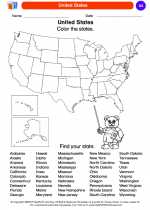 United States
United States  Coloring Worksheet
Coloring Worksheet United States
United States  Coloring Worksheet
Coloring Worksheet Zoo Map
Zoo Map  Coloring Worksheet
Coloring Worksheet Zoo Map
Zoo Map 

 Coloring Worksheet
Coloring Worksheet
 Coloring Worksheet
Coloring Worksheet
 Coloring Worksheet
Coloring Worksheet
 Coloring Worksheet
Coloring Worksheet
 Coloring Worksheet
Coloring Worksheet
 Coloring Worksheet
Coloring Worksheet
 Coloring Worksheet
Coloring Worksheet
 Coloring Worksheet
Coloring Worksheet
 Coloring Worksheet
Coloring Worksheet
 Coloring Worksheet
Coloring Worksheet
 Coloring Worksheet
Coloring Worksheet
 Coloring Worksheet
Coloring Worksheet
 Coloring Worksheet
Coloring Worksheet
 Coloring Worksheet
Coloring Worksheet
 Coloring Worksheet
Coloring Worksheet
 Coloring Worksheet
Coloring Worksheet
 Coloring Worksheet
Coloring Worksheet
 Coloring Worksheet
Coloring Worksheet
 Coloring Worksheet
Coloring Worksheet

The resources above cover the following skills:
Social Studies, Kindergarten
Geography. The student understands the concept of location. The student is expected to:
Geography. The student understands physical and human characteristics of place. The student is expected to: